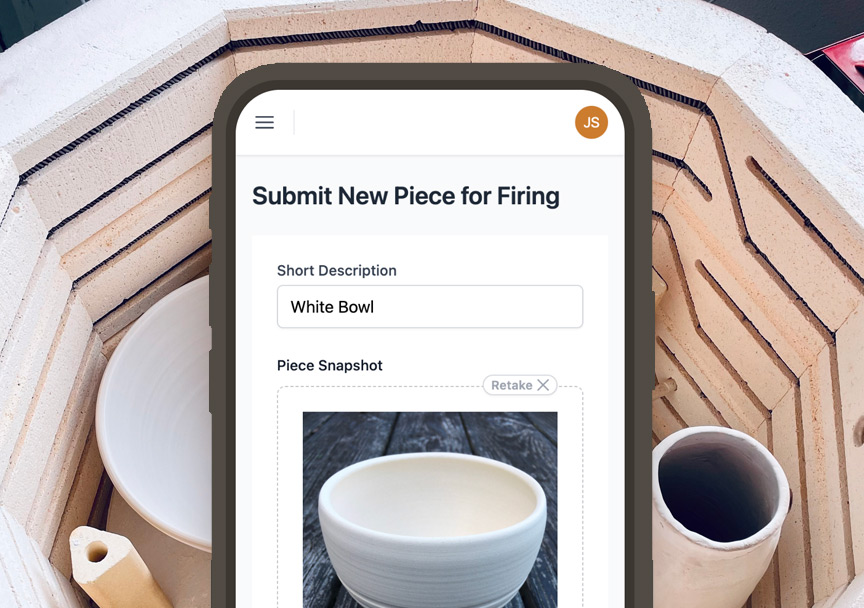Ceramic clays fall into two broad categories - low-fire and high-fire. The key difference lies in the temperatures at which the clays vitrify and become non-porous ceramic material, affecting their material characteristics and suitable uses.
Here we’ll examine low-fire and high-fire clays side-by-side regarding:
- Firing temperature ranges
- Physical properties when fired
- Best applications and uses
- Color and texture results
Let’s explore the distinct advantages of both low-fire and high-fire clay bodies.
Low-Fire Clays
Low-fire clays vitrify at relatively lower kiln temperatures from Cone 06-04 (1922-1945°F). The most commonly used low-fire clays are earthenware and some stoneware bodies.
Properties of low-fire clays:
- Require less specialized kilns to fire
- Exhibit higher post-firing absorbency and porosity
- Offer a greater range of colorful options from natural iron oxide earth tones to deep reds
- Tend to be more affordable and accessible to purchase
Low-fire clays work beautifully for:
- Handcrafted pottery with natural artistic finishes
- Pieces meant to breathe rather than provide airtight seals (like bean pots)
- Decorative and non-functional wares like planters and sculpture
- Adding colors using natural clay pigments and oxides
The porous nature and ease of firing make low-temperature clays ideal for beginning potters, studio classes, and freeform artistry where practical utility is optional.
High-Fire Clays
High-fire clays achieve vitrification at temperatures above Cone 6 (2232°F), ranging up to Cone 10 (2381°F). Stoneware and porcelain comprise most high-fire bodies.
Properties of high-fire clays:
- Require specialized high-temperature kilns to fire successfully
- Become extremely non-porous and impermeable when fired
- Provide high strength and resistance to thermal shock
- Tend to be white or light after firing due to lack of iron impurities
High-fire clays excel for:
- Kitchenware and functional pottery for food/liquid storage
- Dinnerware and serving vessels
- Life-proof outdoor installations and architectural features
- Precision applications like replacement part molds
The low absorption and high durability make high-fire clays well-suited for commercial ceramics enterprises, industry applications, and any items that will undergo heavy use and wear.
So consider the final application and your access to appropriate kilns when deciding between low-fire and high-fire clays. Understanding their distinct properties allows you to select the ideal clay type for any project.


